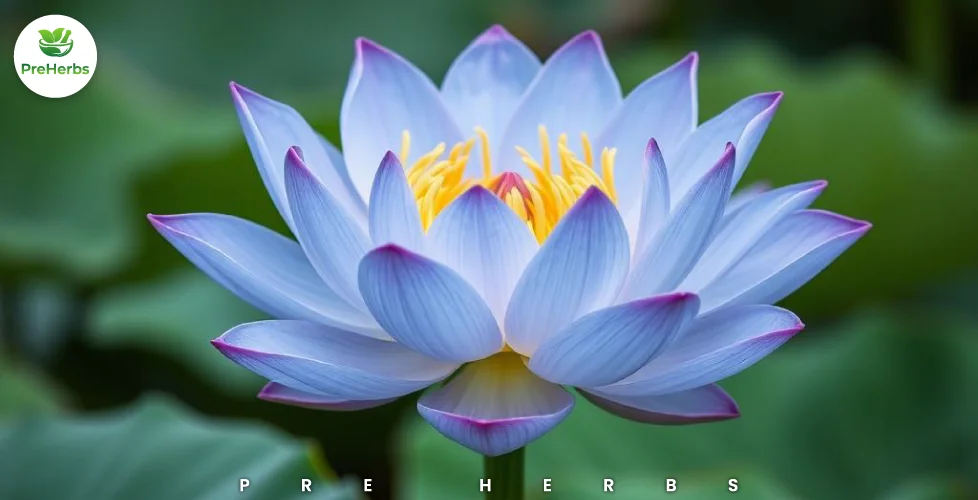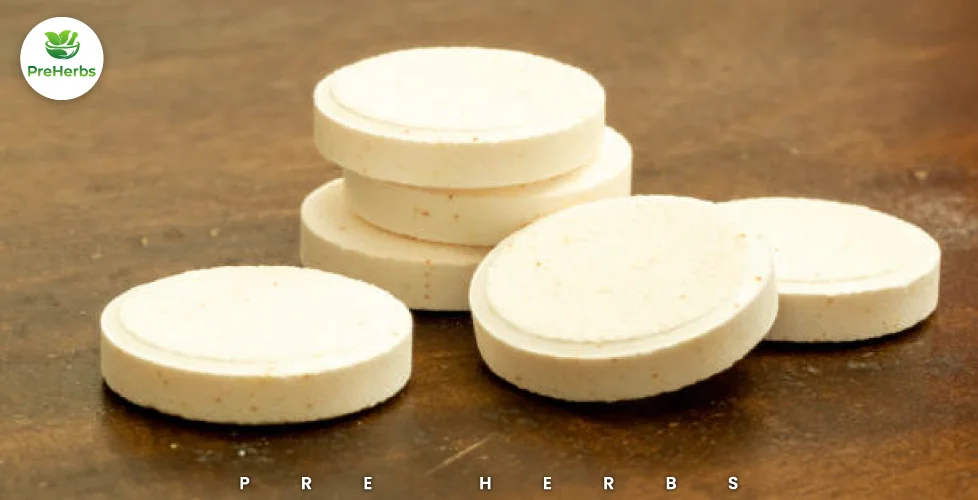Many people are now searching for what is blue lotus flower and why it has gained sudden popularity in wellness and herbal markets. The Blue Lotus Flower (Nymphaea caerulea) is not a modern discovery—it was once cherished in ancient Egypt for rituals, relaxation, and spiritual practices.
Today, it is sold worldwide in different forms such as blue lotus tea, liquid extracts, and even smoking blue lotus flowers. This trend raises important questions: What are the true blue lotus effects? What happens when it enters the body? And with concerns about blue lotus side effects, can it really be considered safe?
A Quick History of Blue Lotus Flower
The Blue Lotus Flower is a water lily, not a true lotus. It grew naturally along the Nile River and became an important part of Egyptian culture. Ancient art often shows gods and pharaohs holding it, linking it with rebirth and higher awareness.
But just because the flower was used thousands of years ago doesn’t mean it is safe or effective today. Ancient traditions can be interesting, but they are not the same as scientific proof.
Read More: The Ultimate Guide to Growing and Caring for Blue Lotus Flowers
What Is Blue Lotus Flower?
So, what is blue lotus flower? It’s a blue water lily with a yellow center. People dry its petals and use them in tea, tinctures, extracts, and smoking blends. Some even infuse it into wine or oils.
Unlike the sacred lotus (Nelumbo nucifera), the Blue Lotus is part of the water lily family. That difference matters because the effects are unique.
How Does It Work?
The plant contains two main active compounds:
- Nuciferine – linked to relaxation and sedation.
- Aporphine – thought to affect dopamine, possibly creating mild euphoria.
When you drink it as tea, or when you try smoking blue lotus flowers, these compounds may create calmness, dream-like states, or mild pleasure. But the truth is simple: there is not enough strong research to prove how powerful or consistent these effects really are.
Common Uses of Blue Lotus Flower
The Blue Lotus Flower has been valued for centuries and is still used today in various forms, mainly for relaxation and wellness. Its most common applications include:
- Blue Lotus Tea: Dried petals are steeped in hot water to prepare a soothing tea, often consumed to promote calmness and relaxation.
- Smoking Blue Lotus Flowers: The dried flowers can be smoked directly or blended with other herbs to experience mild calming effects.
- Tinctures and Extracts: Blue Lotus is available in concentrated liquid forms, which can be mixed with water or juice for ease of use.
- Aromatherapy and Oils: Essential oils derived from the flower are used in aromatherapy and massage practices to encourage relaxation.
- Spiritual and Meditation Practices: Historically tied to ancient Egyptian rituals, Blue Lotus continues to be used by some individuals to support mindfulness and meditation.
⚠️ While the flower has many reported uses, it is important to note that research on its effectiveness remains limited, and users should be mindful of potential blue lotus side effects such as drowsiness or dizziness.
What Is Blue Lotus Tea?
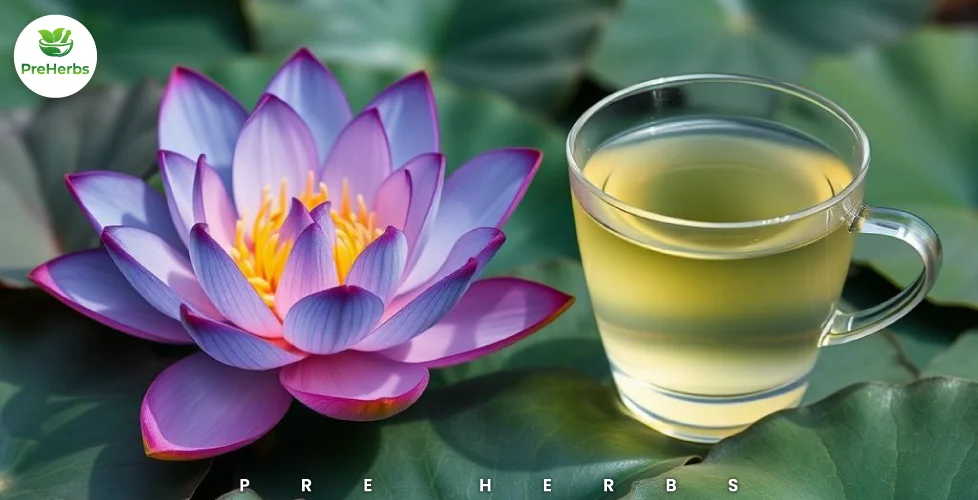
So, what is Blue Lotus Tea? It’s a herbal drink made by steeping dried petals of the Blue Lotus Flower in hot water. People use it for relaxation, stress relief, and better sleep, with many noting calming blue lotus tea effects.
Unlike regular teas, it’s caffeine-free and often enjoyed in the evening. While some try smoking blue lotus flowers or extracts, tea is the most common way to experience gentle blue lotus effects.
Read More: Blue Lotus Tea Benefits: Everything You Need to Know About This
Smoking Blue Lotus Flowers
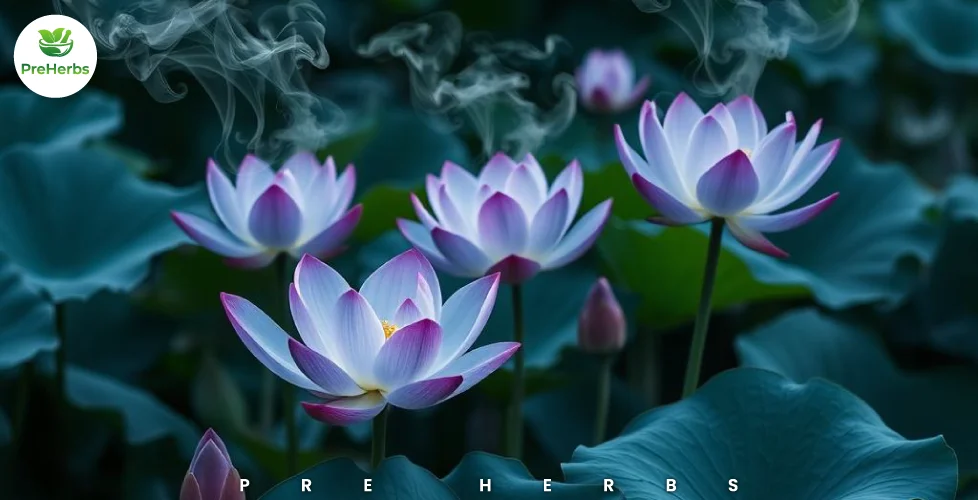
Some people try smoking Blue Lotus Flowers instead of drinking tea. Supporters say it produces faster blue lotus effects such as relaxation, stress relief, or mild euphoria.
But results are inconsistent, and there is no standard dosage. Potential blue lotus side effects—like dizziness or drowsiness—make smoking less predictable than blue lotus tea effects. Without solid research, this method remains more experimental than reliable.
Benefits of Blue Lotus Flower
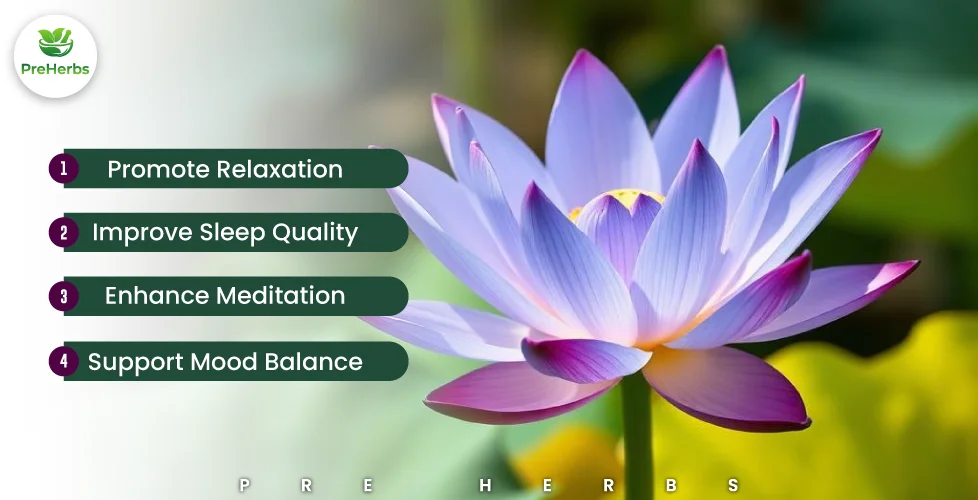
The Blue Lotus Flower is widely recognized for its potential wellness benefits and has gained popularity as a natural aid for relaxation and balance. Advocates suggest that it may:
- Promote relaxation and help ease stress or anxiety
- Improve sleep quality, supporting deeper and more restful sleep
- Enhance meditation and mindfulness, making it a valued tool in spiritual and reflective practices
- Support mood balance, contributing to a greater sense of emotional well-being
These perceived benefits have made the Blue Lotus Flower a popular choice among individuals seeking natural ways to relax and improve overall well-being.
Drinking Blue Lotus Tea vs. Smoking Blue Lotus Flowers
Which Method Is Right for You? Tea vs. Smoking Blue Lotus Flowers
| Aspect | Drinking Blue Lotus Tea | Smoking Blue Lotus Flowers |
| Method | Steeping dried petals or buds in hot water | Burning dried petals and inhaling the smoke |
| Onset of Effects | Slow, usually 15–30 minutes | Fast, within a few minutes |
| Duration | Longer-lasting, gentle effects | Shorter-lasting, more immediate |
| Common Effects | Relaxation, stress relief, improved sleep | Mild euphoria, quick relaxation, mood lift |
| Intensity | Subtle and calming | Faster and sometimes stronger |
| Side Effects | Possible drowsiness or dizziness | Possible coughing, dizziness, mild sedation |
Common Blue Lotus Effects
The Blue Lotus Flower is often associated with several wellness effects, including:
- Promoting relaxation and alleviating stress
- Supporting restful sleep and enhancing dream vividness (particularly through blue lotus tea effects)
- Inducing mild euphoria and elevating mood
- Enhancing sensitivity and promoting intimacy
It is important to note that these blue lotus effects are largely based on anecdotal reports. Scientific research on its efficacy in humans remains limited, and individual experiences may vary, underscoring the need for cautious and informed use.
Is Blue Lotus Legal?
One of the biggest questions is: is blue lotus legal?
- In the United States, it is not a controlled substance, but it is not FDA-approved either. Most sellers label it as “not for human consumption” to avoid legal problems.
- Some countries, like Russia, Poland, and Latvia, ban it completely.
- In most other regions, it is legal but unregulated.
So the answer depends on where you live. Its unclear legal status should make you think twice before ordering or using it.
Blue Lotus Side Effects
While the Blue Lotus Flower is often promoted for relaxation and wellness, it is not without potential risks. Documented blue lotus side effects may include:
- Drowsiness or fatigue
- Dizziness or mild disorientation
- Mild hallucinations or perceptual changes
- Potential interactions with medications, particularly sedatives or antidepressants
Due to limited scientific research on long-term use, the full scope of health risks remains unclear. Consequently, pregnant or breastfeeding individuals, those with mental health conditions, and anyone taking prescription medications should approach the flower with caution or avoid it entirely.
Read More: Exploring the Blue Lotus Tea Side Effects: What You Need to Know
Why People Still Try It
The continued interest in the Blue Lotus Flower is largely driven by two factors: its storied use in ancient Egyptian rituals and the modern wellness industry’s marketing of it as a natural tool for relaxation.
Yet, historical use and promotional claims do not substitute for scientific evidence. Ancient tradition alone cannot guarantee safety or effectiveness, so consumers should evaluate its use thoughtfully and with caution.
FAQ’s
Frequently Asked Questions About Blue Lotus Flower
1. What does the Blue Lotus do to you?
The Blue Lotus Flower may promote relaxation, mild euphoria, stress relief, and improved sleep, though effects vary between individuals.
2. Does Blue Lotus Flower show up on drug tests?
No, Blue Lotus is not a controlled substance and is generally not detected in standard drug tests.
3. Are Blue Lotus Flowers legal?
In most countries, Blue Lotus is legal, but regulations vary; some countries like Russia and Poland restrict its use.
4. Is Blue Lotus Flower rare?
Blue Lotus is uncommon in the wild, primarily found in parts of Egypt and East Africa, but it is cultivated commercially.
5. How long do Blue Lotus effects last?
Effects typically last 1–3 hours depending on the form consumed, dosage, and individual sensitivity.
6. Where do Blue Lotus grow?
Blue Lotus naturally grows in freshwater lakes and rivers, especially in Egypt, Sudan, and East Africa.
Final Thoughts
The Blue Lotus Flower remains popular in wellness circles, whether as blue lotus tea, smoked, or in extracts. While users report calming blue lotus effects, improved sleep, and mild euphoria, these claims are mostly anecdotal and not scientifically proven.
Different methods, from drinking blue lotus tea to smoking blue lotus flowers, produce varied effects, but each carries potential blue lotus side effects. Legality also varies by region, making responsible and informed use essential.
Ultimately, the flower’s historical allure and marketing appeal do not guarantee safety or effectiveness, so caution is advised.

